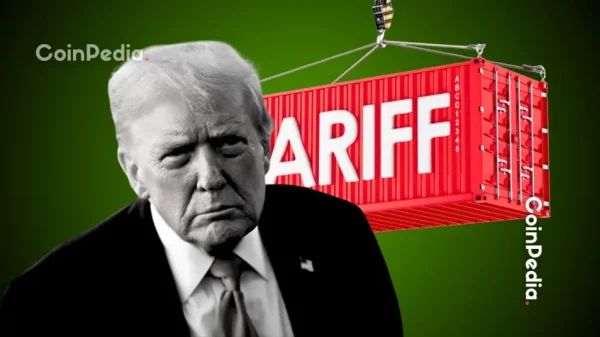The post Crypto Enters a “Self-Funded Phase” As Liquidity Cools: Is A Recovery Next? appeared first on Coinpedia Fintech News
Crypto markets are showing signs of cooling off lately.
Liquidity is the primary force driving crypto cycles, however recent trends suggest that the flow of new capital into the market has slowed.
Wintermute analysts note that inflows through the main channels: stablecoins, ETFs, and digital asset treasuries (DATs) have slowed , leaving crypto in a “self-funded phase” rather than an expansion phase. They suggest that liquidity is likely to return once any of these channels pick up again.
The Main Channels of Capital
Historically, when global money supply increases or real rates fall, the excess liquidity has flowed back into riskier assets like crypto.
In the past cycles, most new money entered crypto through stablecoins. However, as the market has matured, DATs, stablecoins, and ETFs are bringing fresh capital into crypto. Analysts note that ETF assets, DAT holdings, and issued stablecoins provide a good measure of the total capital flowing into crypto.
The Slowing Momentum
However, the momentum of DAT and ETF inflows has slowed. The inflows were strong through late 2024 and early 2025, but it has now faded.
Analysts say that the slowdown matters because each of them represents a different source of liquidity. Stablecoins show how much risk crypto-native investors are willing to take. DATs reflect institutions looking for yield while ETFs track how much traditional finance is putting into crypto.
Since all the three factors have slowed down, this shows that there is no fresh capital being invested. The liquidity in markets is just circulating within the system and is not expanding.
However, looking at the broader economy, the money supply is not drying up. High SOFR rates are keeping funds in safe assets like T-bills, limiting investments in riskier assets. Still, global monetary easing continues and U.S. quantitative tightening has officially over in U.S.
The environment is still supportive however, the liquidity is just flowing into other risk assets like equity.
Also Read : EU Launches Full Probe Into Deutsche Boerse, Nasdaq Over Derivatives Cartel Allegations ,
Investors Keep Rotating Capital
Investors are shifting funds between major coins and altcoins, but not adding fresh money. This is why rallies have been short this cycle and the breadth has narrowed.
However, analysts note that if one of the main liquidity sources picks up again, then money could flow back into crypto.
“Until then, crypto remains in a self-funded phase, where capital is circulating, not compounding,” the analysts say.
Also Read : Japan Becomes 11th Nation to Join the State-Backed Bitcoin Mining Race ,
Bitcoin Waits For Fresh Momentum
Cryptoquant analysts note that Bitcoin’s Bull Score hit 0 for the first time since January 2020. All 10 on-chain indicators, including MVRV, ETF flows, stablecoin liquidity, etc are below trend. Historically, this has marked either macro bottoms or late-cycle distribution before trend reversal. This shows that we may be in a late-bull to early-bear phase rather than a deep capitulation.
For Bitcoin to pick up, the ETF inflows, liquidity growth, and long-term holder accumulation need to return, otherwise it could enter an extended consolidation phase. While liquidity flows in crypto have slowed, some analysts are still bullish.
Analyst Michaël van de Poppe notes that the market is not in a bear phase but is experiencing a normal correction within a longer-term Bitcoin bull cycle.
Never Miss a Beat in the Crypto World!
Stay ahead with breaking news, expert analysis, and real-time updates on the latest trends in Bitcoin, altcoins, DeFi, NFTs, and more.
FAQs
Stablecoin, ETF, and DAT inflows have weakened, leaving the market in a “self-funded phase” where capital circulates but doesn’t expand.
Fresh money enters through issued stablecoins, ETF inflows, and digital asset treasuries, each reflecting different investor groups.
ETF inflows, rising liquidity, and renewed long-term holder accumulation must return for Bitcoin to break out of consolidation.


































